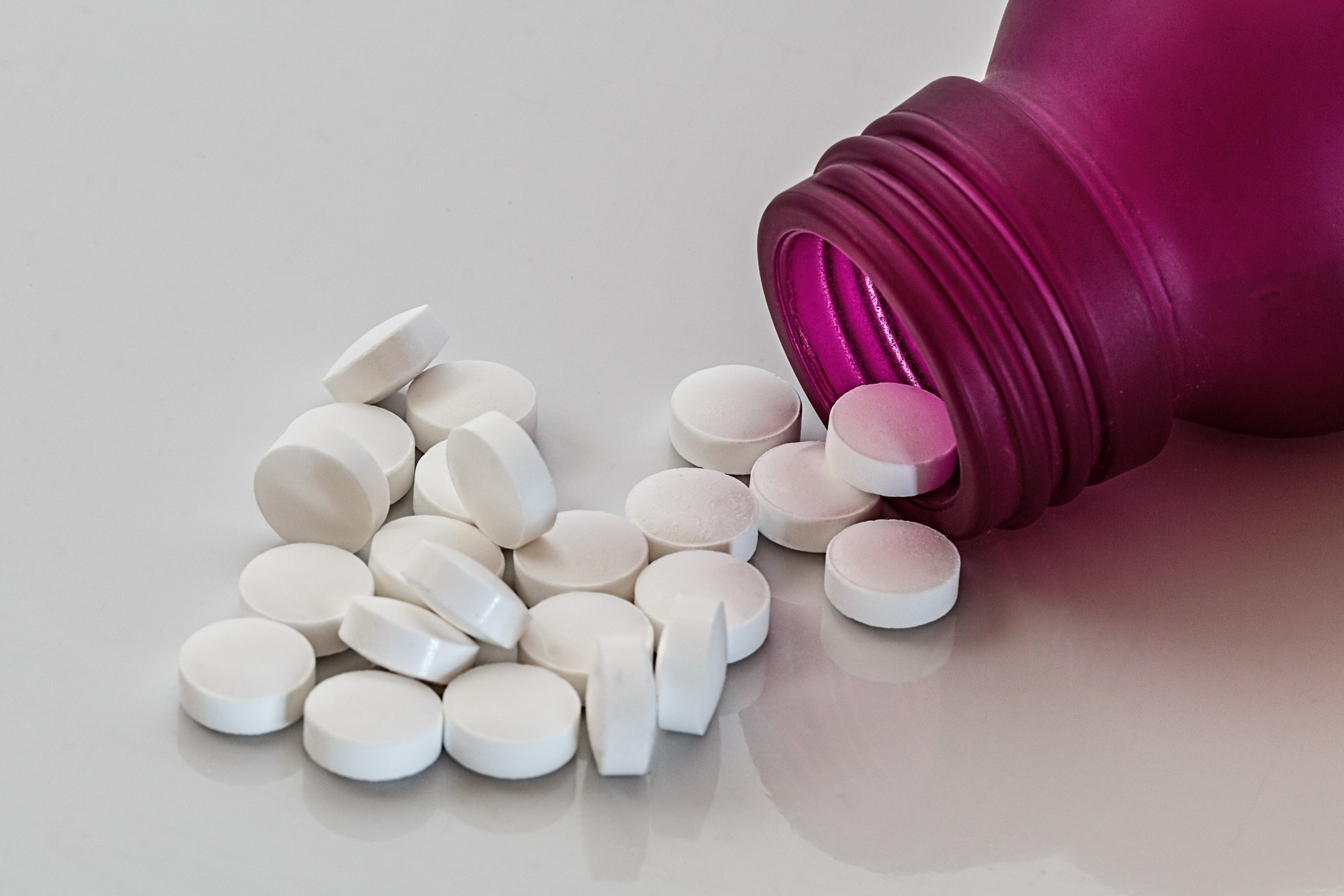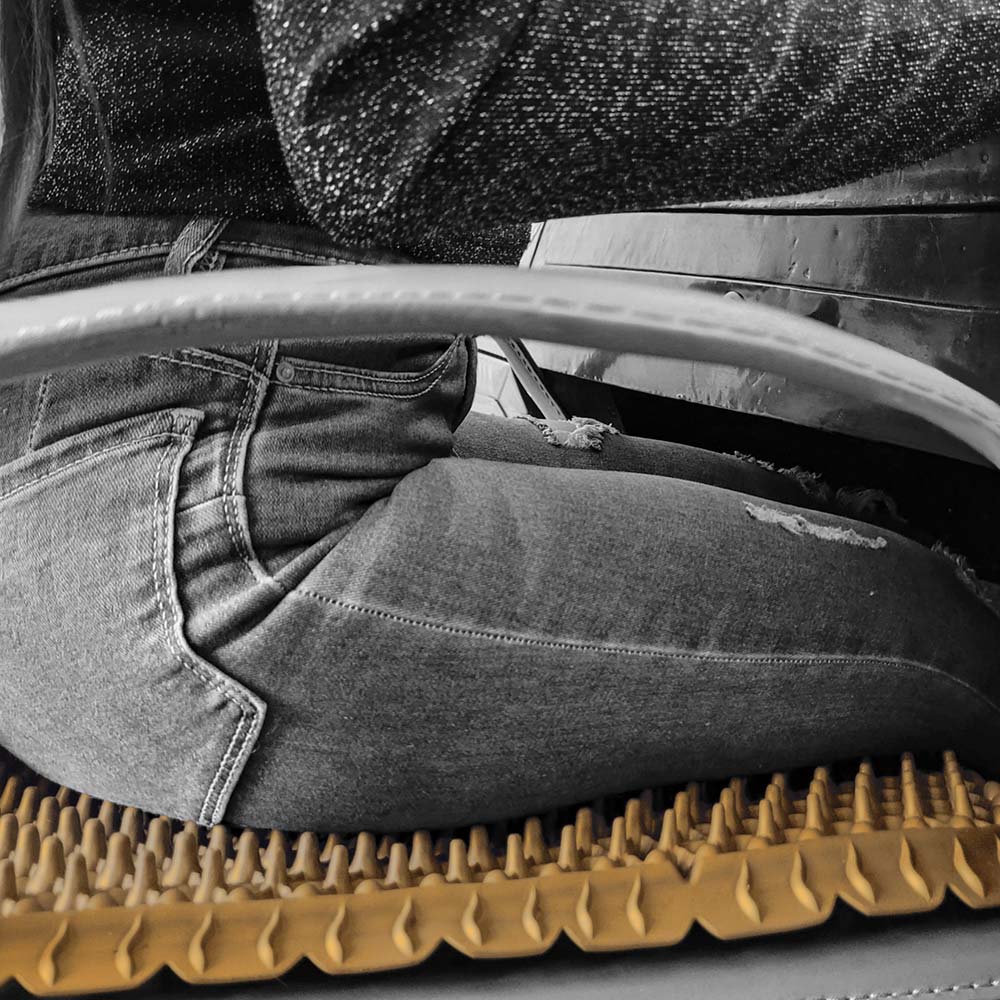Sciatica is one of the most common, yet misunderstood, types of pain (according to Harvard Health). As many as 40% of people will get it during their life, and it becomes more frequent as you age.

And furthermore - chronic sciatica IS a life-long condition, as is the drug treatment routine if you do not get it under control early on.
I have been told that sciatic pain is worse than having a root canal. That the pain is so excruciating that you cannot sit, stand, kneel, or lie down. People have told me that they had to crawl on the floor with pain shooting up the back of their leg into their buttocks every time they move. Any pain that is described as “burning,” “shooting’, “jolting”, “stabbing” pain that “takes your breath away” sounds worse than being in labour (and I’ve been in labour twice for over 25 hour). I can’t believe I am saying this but - I think I’d choose the labour over the sciatica pain.
We all agree that any pain that emanates from a pinched, compressed, or inflamed nerve anywhere in the body hovers around a “10” on the proverbial 1 to 10 scale of PAIN.
So, while I don’t have to tell sciatica sufferers how painful sciatica is – I DO want to tell you that we HAVE had much success with our SP1KE seat and lumbar support cushions in alleviating the pain and discomfort of sitting with sciatica.
A word not common to most people, “Radiculopathy” refers to an irritation or injury to a nerve root resulting in radiating pain from that nerve. Sciatica IS the most common symptom of lumbar radiculopathy. In addition to pain, a person with sciatica may have trouble bending their knees or moving their toes and feet up or down. Afterall, the sciatic nerve IS the longest in the human body
In addition to pain, if the sciatic nerve is compressed, the muscles it serves may become weak. It may be hard to bend your knee, bring your thighs together (adduction), and point your foot and/or toes upward or downward. Pain can occur anywhere along the path of the sciatic nerve – so that includes from the lower back, through the hips, buttocks and down the leg. It can come on suddenly (injury) or gradually (with arthritis).
And there are certain conditions that do not help at all when it comes to chronic pain, like –
- being overweight, out of shape and having a weak “core” that does not support your lower back and causes you to slouch when sitting or standing
- having a job that requires heavy lifting or prolonged standing or sitting
- having poor posture especially when lifting weights or working out
- having diabetes/osteoarthritis
- being a smoker
All of which can damage the spinal tissue, weaken bones and wear down vertebral disks.
So, what can SP1KE cushions and mats do for you and why might they help to alleviate pain? Well, the first thing any surface needs to do effectively is to REDUCE the pressure on the pinched or inflamed nerve – right? THE OBJECTIVE IS TO NOT FURTHER AGGRAVATE THE NERVE WHILE SITTING OR STANDING. Simply by changing the surfaces that you sit, stand, kneel, or lay on, the health benefits can be remarkable! We all understand that changing body positions more often helps to stimulate circulation, activate muscles while reducing numbness and a sense of being locked in place.

What is extremely unique about Sp1ke support surfaces is that even the smallest movements (moving a mouse, breathing) cause the Sp1ke tips to marg
inally disengage from your body and then reengage in a slightly different place at a bit different angle. This is similar to the effect of a masseuse’s fingers working your flesh to ease tension (especially within the myofascial layer just inside your skin) that if it stays fixed too long tends to lose lubrication and lock all your innards in place, making it harder to do so when it’s time to move again. The very subtle and continuous movement of your body while suspended in a Sp1ke cushion enhances the occurrence of “neuro-fidgets” – turning nerves on and off, which helps reduce fatigue and discomfort, and activates your brains autonomic control of your body position to maintain better posture and balance.
In summary –SP1KE™ products with Tips & Mesh technology were designed to promote continuous blood and oxygen flow and stimulate better posture while reducing pressure and stress on your whole body as you sit and stand. When you sit on a SP1KE™ cushion, you do not collapse into it, you stay floating on top of the surface dynamically adjusting to your body’s natural movements, and the moving tips gentling massaging the skin through continuous massage increasing blood flow, moving pressure away from the spine and protecting against impact & vibration thus reducing the risk of injury and pain. This allows you to drive (again); work at your desk (again); work out at to gym; and with a proper care regimen live your life pain-free as you did before the nerve became inflamed.
Get in touch with us at Vigurus Technologies to talk more about others who have found comfort in the storm of sciatic pain using SP1KE™ cushions to manage their pain in between therapy. We love to share our success stories with others that can benefit from the right solution – like we always say, nothing to lose and everything to gain.
